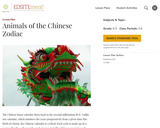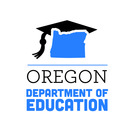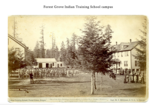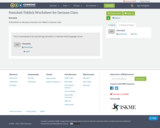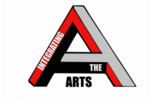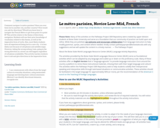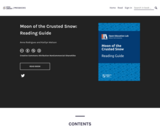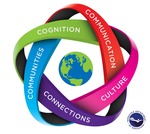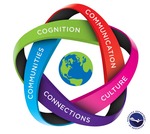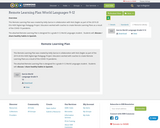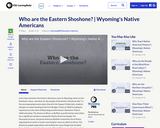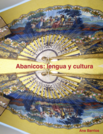
Abanicos: lengua y cultura is designed for a first semester of elementary Spanish but it can be used to review vocabulary and grammar at any level. It offers textbook pages in color and printable worbook pages that align with the textbook. The vocabulary and grammar derive from the topics in the textbook. These topics cover physical and political geography of the Spanish-speaking world, traditions, and popular culture. Reading, listening, speaking, and writing are goals in each section. The book is complemented by videos, games and grammar practice, quizlet sets, and other resources found on internet. This project will continue with the second semester book in the near future. I welcome ideas and collaboration as well as suggestions for improving. I hope this book will be useful to many Spanish language instructors and learners.
- Subject:
- Languages
- World Cultures
- Material Type:
- Homework/Assignment
- Textbook
- Author:
- Ana Barrios
- Date Added:
- 03/21/2022
